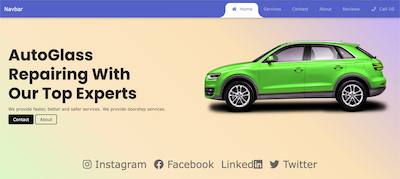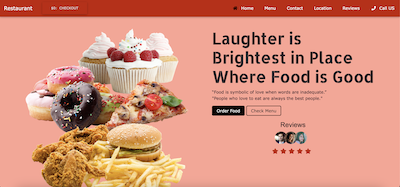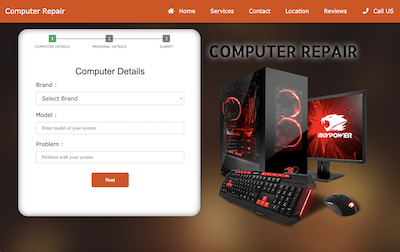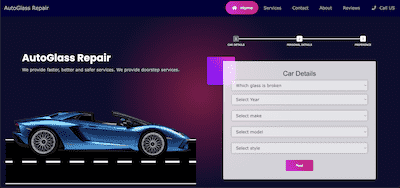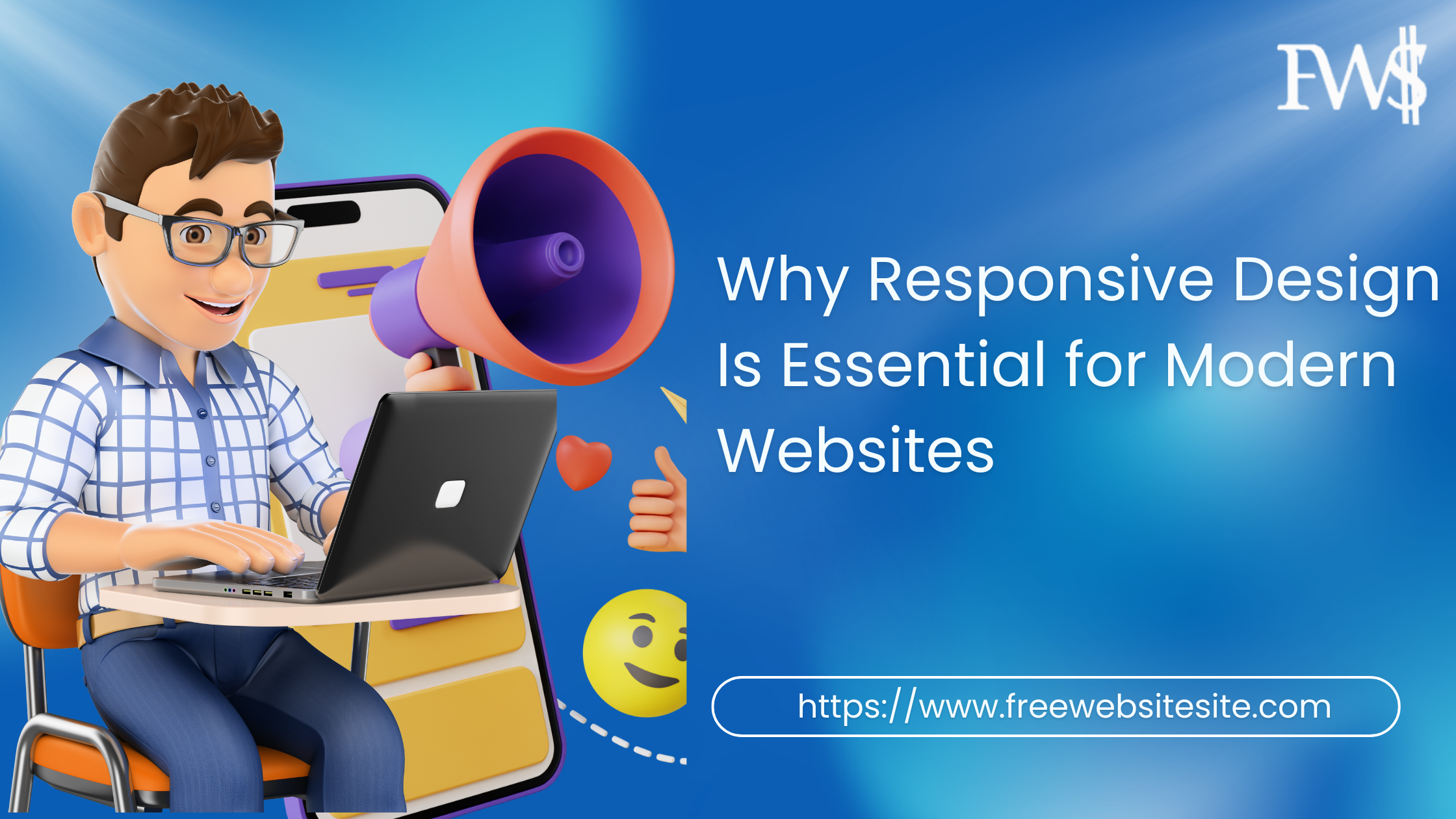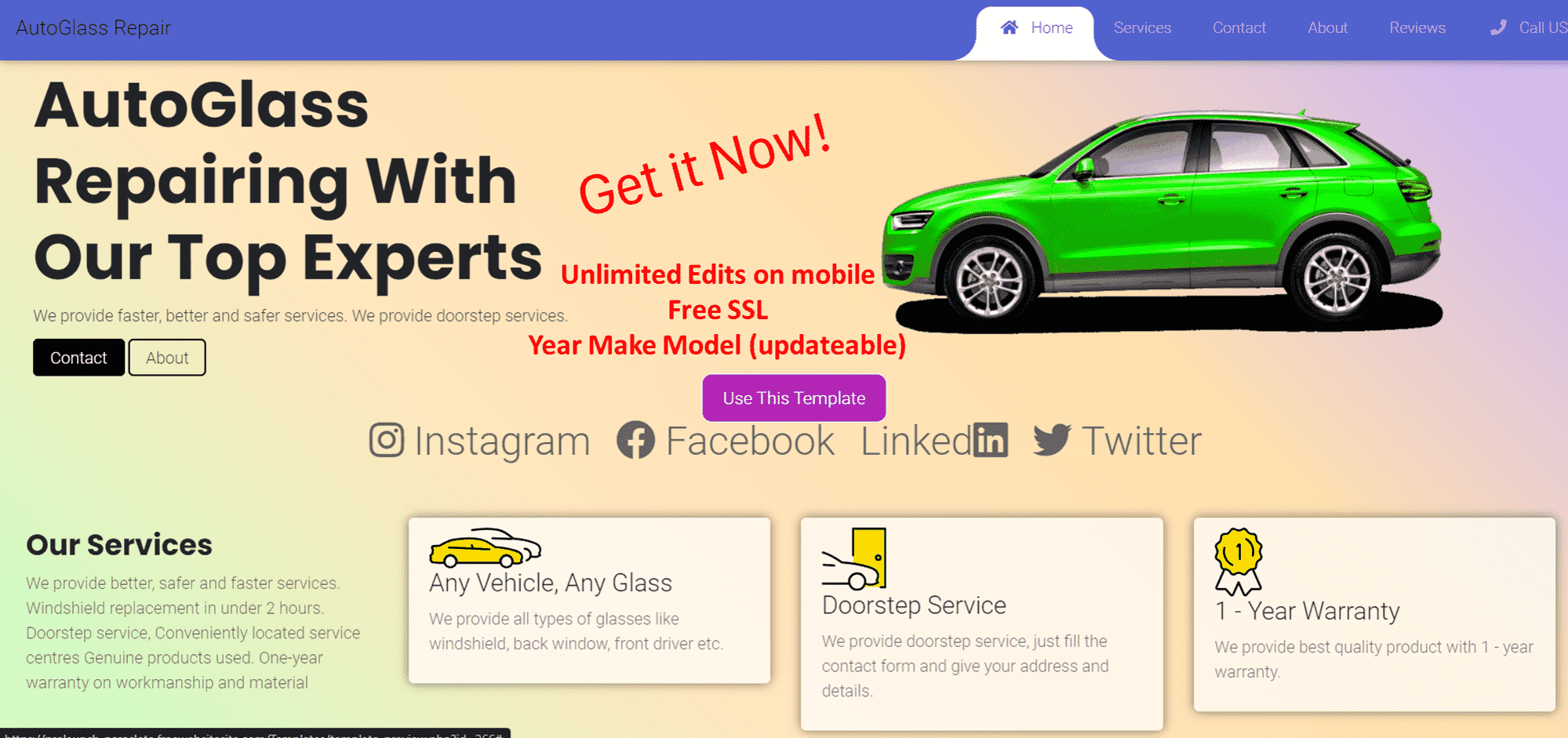Why Having Several Landing Pages is Your Secret Weapon for More Leads
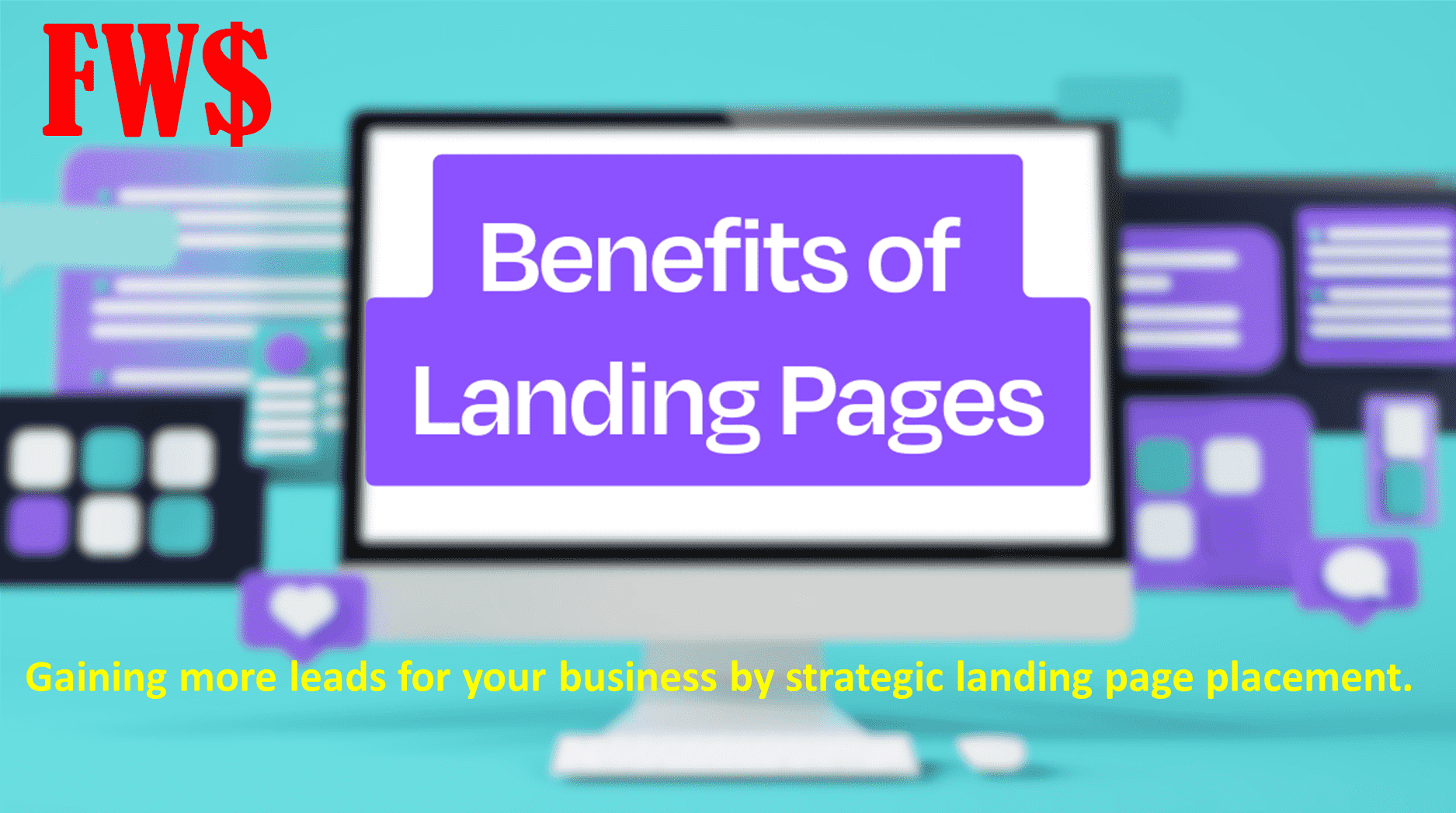
Let’s talk about landing pages. Yes, those magical little pages on your website where visitors either become customers or politely vanish into the internet abyss. Picture your landing page as a charming host at a party, who knows exactly what to say to turn a casual passerby into an enthusiastic guest. But what if you had several hosts, each tailored to charm different types of guests? That’s right—having multiple landing pages is like having a team of experts each perfectly trained to woo their specific audience. And in the world of digital marketing, this is a game-changer.
The Power of Multiple Landing Pages: More Leads, More Fun!
Heres a wild statistic to start with: Companies with 10 to 15 landing pages increase leads by 55%, according to HubSpot. That’s right—just by having more doors into your digital house, you can more than double your guest list! Now, imagine you have more than 15 landing pages—your party is the talk of the town!
1. Speak Directly to Your Audience’s Heart (and Wallet)
One landing page is nice, but its like having just one type of drink at your bar—maybe some people love it, but others will turn up their noses and walk away. Multiple landing pages allow you to tailor your message to the specific desires, needs, and pains of your diverse audience segments. Got a product for moms, millennials, and mechanics? Create a unique landing page for each one!
For example, a retail company selling sustainable shoes could create different landing pages targeting eco-conscious customers, fashionistas looking for unique designs, and runners who need durable performance gear. Each page can speak directly to these groups hearts, using the right language, visuals, and calls to action (CTAs). The result? More engagement, more leads, and ultimately, more sales.
2. Boost Your SEO Mojo Like a Pro
Heres where things get exciting. More landing pages mean more opportunities to sprinkle those delicious keywords that search engines gobble up. Think about it: instead of cramming all your SEO keywords into one overcrowded page, you can spread them across several, allowing each to rank highly for different search terms.
Want to rank for “how to make a landing page”? Create a guide landing page on that topic. Need to corner the market on “DIY landing page online”? Whip up a step-by-step tutorial page optimized for that exact phrase. More pages = more bites at the SEO apple. Google loves specificity, and by creating targeted landing pages, you give the search engine exactly what it wants: focused, relevant content that makes users happy.
3. A/B Testing: Where Magic Happens
Heres the thing: no one (not even the marketing guru next door) gets it perfect on the first try. This is where having multiple landing pages becomes a secret weapon. You can perform A/B testing—essentially creating two versions of a page and pitting them against each other in a battle royale to see which one emerges victorious.
In the retail industry, A/B testing landing pages can boost conversion rates by up to 300% (VWO statistics). Imagine that! You can test headlines, CTAs, images, colors—anything! Maybe a quirky headline performs better with a younger audience, while a more straightforward approach works wonders for the older crowd. By constantly refining your landing pages, you’re continually optimizing for conversions. And with more landing pages, you’ve got more room to experiment.
4. Capture Leads Across Different Customer Journeys
Customers are like snowflakes—each one is unique, and each is at a different point in their journey. Some are just casually browsing, others are comparing their options, and a few are ready to whip out their wallets. Multiple landing pages allow you to capture leads at every stage of their journey.
For example, you could have:
- A landing page with a free downloadable guide for those in the “just looking” phase.
- A comparison chart page for those weighing their options.
- A “buy now” page for those ready to take the plunge.
By having a page for every stage, you’re meeting your potential customers where they are—not forcing them into a one-size-fits-all experience.
5. Personalized Experiences = Higher Conversions
Let’s not kid ourselves—people love to feel special. In fact, studies show that personalized landing pages can increase conversions by over 202% (according to an eConsultancy report). Having multiple landing pages allows you to personalize the experience for different demographics, interests, and behavior patterns.
Did someone come to your site from a Facebook ad about your winter sale? Direct them to a landing page that greets them with “Hey Facebook Friends! Check Out Our Exclusive Winter Deals!”—complete with images of cozy scarves and boots. Not only does this feel more welcoming, but it also reassures them they’re in the right place, building trust from the first click.
6. Improve Ad Relevance and Reduce Costs
If you’re running paid search or social ads, multiple landing pages are your best friends. Why? Because sending all your ad traffic to a generic homepage is like throwing a dart with your eyes closed. Specific landing pages aligned with your ad copy can boost your Quality Score on platforms like Google Ads, which in turn can lower your cost-per-click (CPC).
For example, if you’re running an ad campaign for “best hiking boots,” and your landing page is explicitly focused on that product, featuring keywords from the ad, you’re more likely to convert clicks to sales. Your ad spend goes further, and your marketing team does a little happy dance.
7. Multiply Your Content Marketing Efforts
Each landing page you create is an opportunity to showcase a piece of content that can be shared across social media, included in email campaigns, or featured in guest posts. This is like having multiple fishing lines in the water—each one designed to catch a different type of fish (or customer, in this case).
Think of a landing page like a piece of digital real estate—each one has its own address, its own charm, and its own appeal to different audiences. When shared across various channels, these pages create multiple touchpoints that can drive traffic back to your site and generate more leads.
8. Prove the ROI to the Boss (Or Yourself) with Solid Stats
Here’s the kicker: Companies with more than 40 landing pages generate 12 times more leads than those with five or fewer, according to HubSpot. And if you’re in the retail industry, having specific landing pages can increase product conversion rates by up to 300%, says WordStream.
These statistics are more persuasive than any pitch—you’re not just asking your boss or your team to trust you; you’re showing them the data that proves this strategy works. Plus, by tracking each page’s performance through analytics, you can pinpoint exactly which pages are the rockstars and which need a little TLC.
How to DIY Your Landing Pages for Success
Ready to roll up your sleeves and dive into the wonderful world of multiple landing pages? Here’s a quick step-by-step guide to creating killer landing pages that generate leads:
Define Your Audience Segments: Know who you’re targeting. Break down your audience into clear segments and decide what each segment needs from your landing pages.
Craft a Killer Headline: Make it snappy, make it relevant, and make it irresistible. A great headline is like a great pickup line—it draws people in.
Design with Purpose: Keep it clean, simple, and focused. Don’t overwhelm your visitors with too much information. Your goal is to guide them to your call to action like a gentle nudge.
Use Strong CTAs: Tell them exactly what you want them to do next, whether it’s “Download Now,” “Get Your Free Quote,” or “Join Our VIP List.”
A/B Test Like a Mad Scientist: Try different versions, analyze the data, and keep tweaking until you find the winning formula.
Optimize for SEO: Use targeted keywords like “how to make a landing page” or “DIY landing page online” throughout your content. Include them in your headers, meta descriptions, and alt text for images.
Monitor and Adjust: Use tools like Google Analytics to track performance and make data-driven decisions to improve your landing pages continually.
In Summary, More Landing Pages, More Leads, More Fun!
Creating multiple landing pages isn’t just a good idea—it’s the secret sauce that could take your lead generation from meh to magnificent. With humor, a little bit of data magic, and some savvy SEO strategies, you can attract, engage, and convert more visitors than ever before. So, don’t settle for a lonely landing page. Let your creativity run wild and build a network of pages that pull in leads like bees to honey. Because when it comes to digital marketing, more is most definitely merrier.
So whats next? Well if you are reading this before the week after Christmas 2024 ☃︎🎅🎄❄️☃️🎁🦌 i.e. December 30th 2024 i.e. Before the next year 🍾✨, you can create a landing page or entire website using www.freewebsitesite.com for only $35 which includes Free Domain*, Free SSL, Unlimited Editor access, Free Hosting and Free Tech and Design support for 1 year. If you are reading in 2025, well just check out the current promotions, search for promo codes FW$ has with various partners or simply contact the FW$ customer Help via Chat and request for Support.
Date Published: 4th of September, 2024
Author: www.freewebsitesite.com
Deal Included: Full Access Pass for Only $35/Year. Regular Price $199/year.
